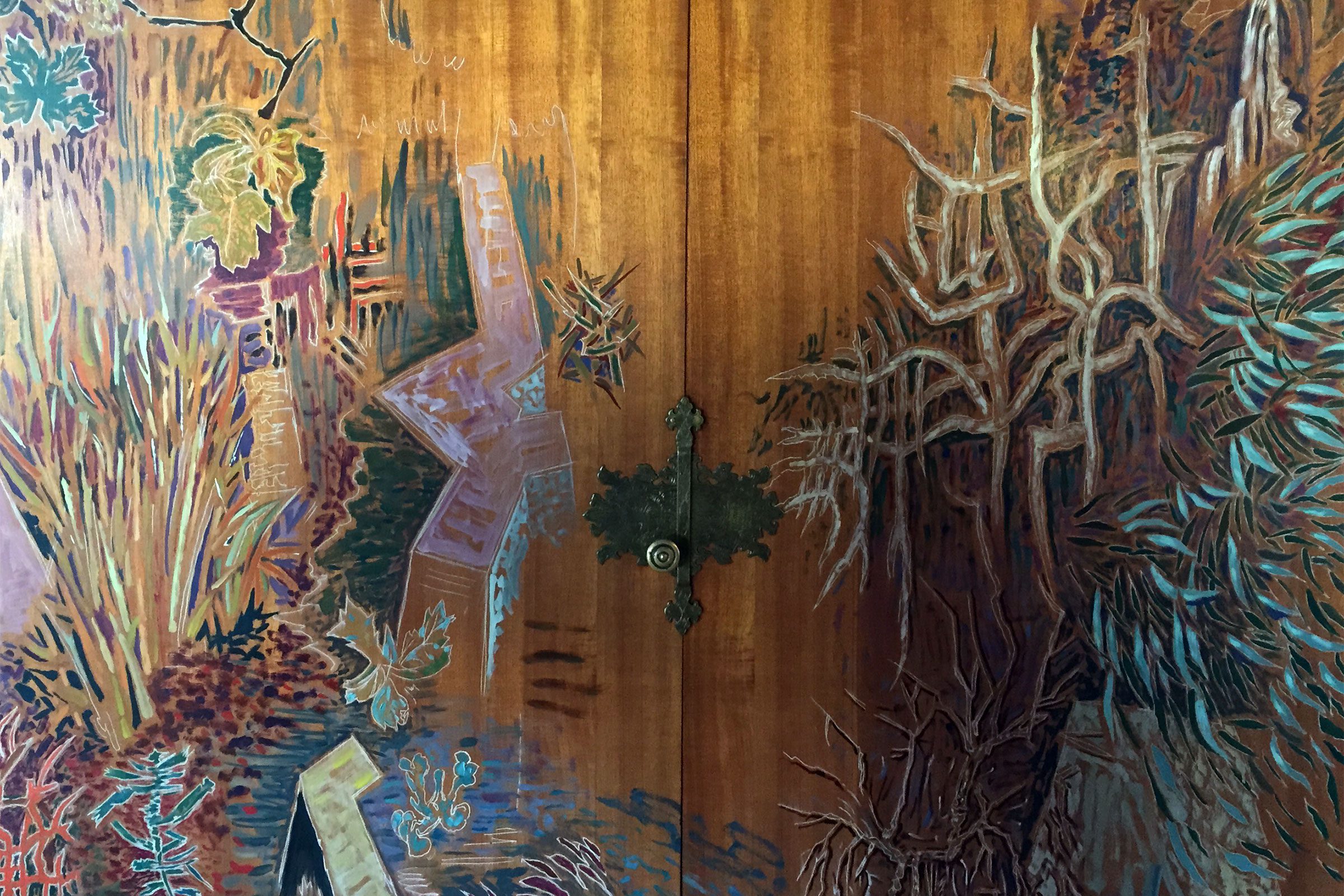The house contains an extensive collection of more than 60 paintings, hundreds of drawings and prints, numerous works of art (decorative objects, sculpture) and a good collection of 18th and 19th c. French and Hellenic furniture. The collection of several thousands of mainly 20th century books is scattered all over the house. Manuscripts and letters by both the Katakouzenoi and their famous friends also survive. The collections illustrate life in Hellas in a way that attracts attention, provides knowledge and encourages emotional involvement by the visitors.
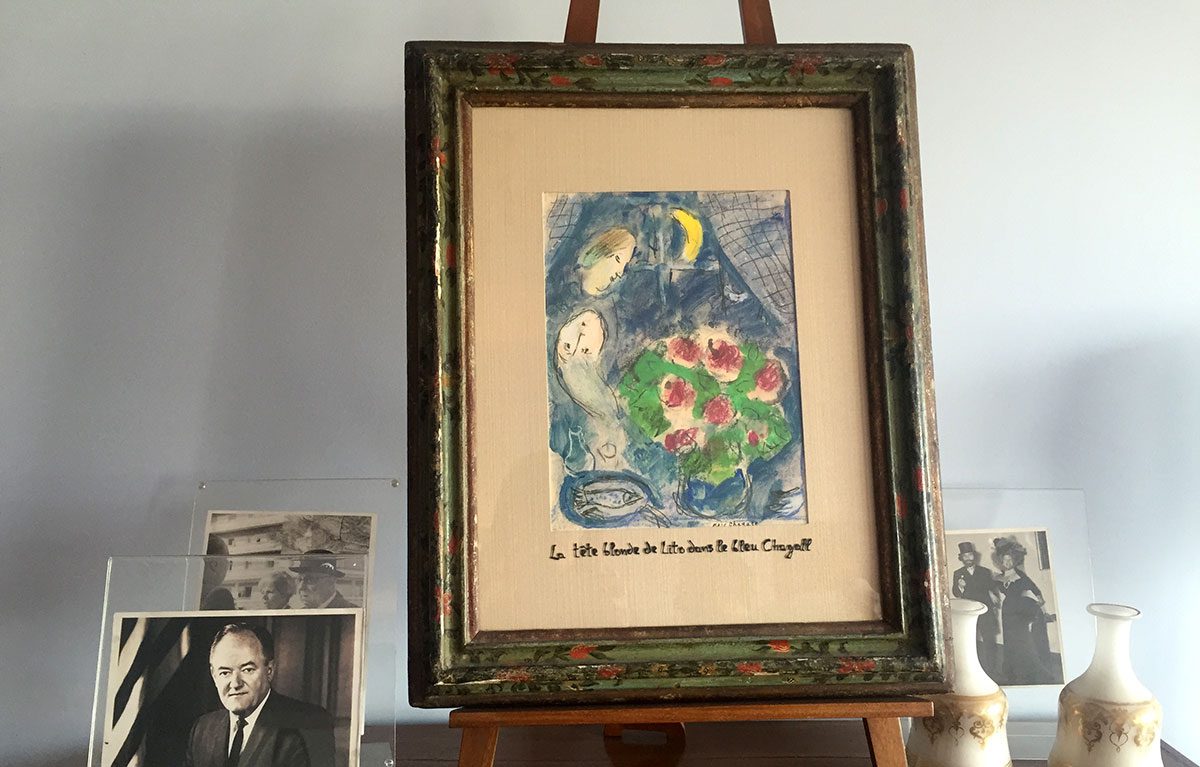
But the collections of the KHM are not the objects, the paintings, the books or the furniture only. They also include its past, the people that lived in and visited it, the words they uttered, their thoughts and dreams, the aura of the lived place. Every object has more than a market value or a particular acquisition or donation record; the reasons behind its selection and its symbolic power for the inhabitants of the house are as much part of its life force. To draw another parallel with the Freud Museum, the antiquities Sigmund Freud collected were immensely important, even if some of them were recognised as forgeries; he used to assign names to them and ask for their help on many occasions.
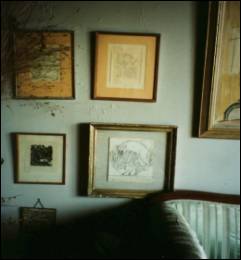
“At that time the figure [of Athena] occupied pride place in the centre of his writing desk. Though Athena was the goddess of wisdom and war, she also had the reputation of coming to the aid of her heroes. Indeed, she became the mascot for the emigration to England. In his words “We arrived proud and rich under the protection of Athena,” he wrote to Max Eitingon from England.” (The Freud Museum, 1998: 81)
If in traditional museums objects are seen as creations of individuals or cultures, in house museums they have another level of meaning attached to them, outside their original contextual horizon. If a tomb figure was meant to represent a guardian spirit, if a wall painting was meant to be worshipped in a church, it is not for either protection or worship that these objects were chosen for the Freud and Katakouzenos houses. There is meaning beyond function, and this is the spirit of the owner, the intention behind the offering, the volition suggesting the object emplacement.
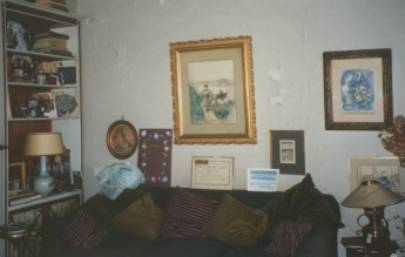
If a traditional museum groups things by date, style or artisan, a house museum groups them by life cycle, history, and biography. Objects in house museums are pieces of a puzzle, and work together to form a picture that projects not only the personality of the owner of the house but his life story as well.
Thanks to the preservation of his house, many people that had never met Angelos Katakouzenos eventually “got to know” him, through his wife words and through the objects he surrounded himself with. The KHM will hopefully continue to introduce these people and their world to an ever-expanding audience.

The paintings collection
The Katakouzenos house is full of paintings in various media, and represents a conclusive cross-section of Hellenic artistic production from the 1930s to the 1970s.
The series of paintings comprises a set of four mahogany doors specially painted for the Katakouzenoi by their close friend Nikos Chatzekyriakos-Gkikas and many more paintings by the same artist in various media. Further works by Spyros Vasileiou, Giannes Tsarouches, Giorgos Gounaropoulos (all prominent artists of the “1930s generation”) hang all over the house. The watercolour and pastel portrait of Leto by Marc Chagall is perhaps the best work of art by a non-Hellene artist. A pencil drawing (possibly by Degas) and another by Pablo Picasso complement an extensive collection of 19th and 20th century prints. Finally, some family icons of the 17th and 18th centuries were kept in the eikonostasio in one of the bedrooms.
What makes the KHM collection of paintings quite unique, apart from their undoubted artistic and monetary value, is the way they were acquisitioned. None of the works was purchased, and indeed most were given by the artists themselves as gifts, tokens of friendship or gratitude. Even the subject matter is relevant.
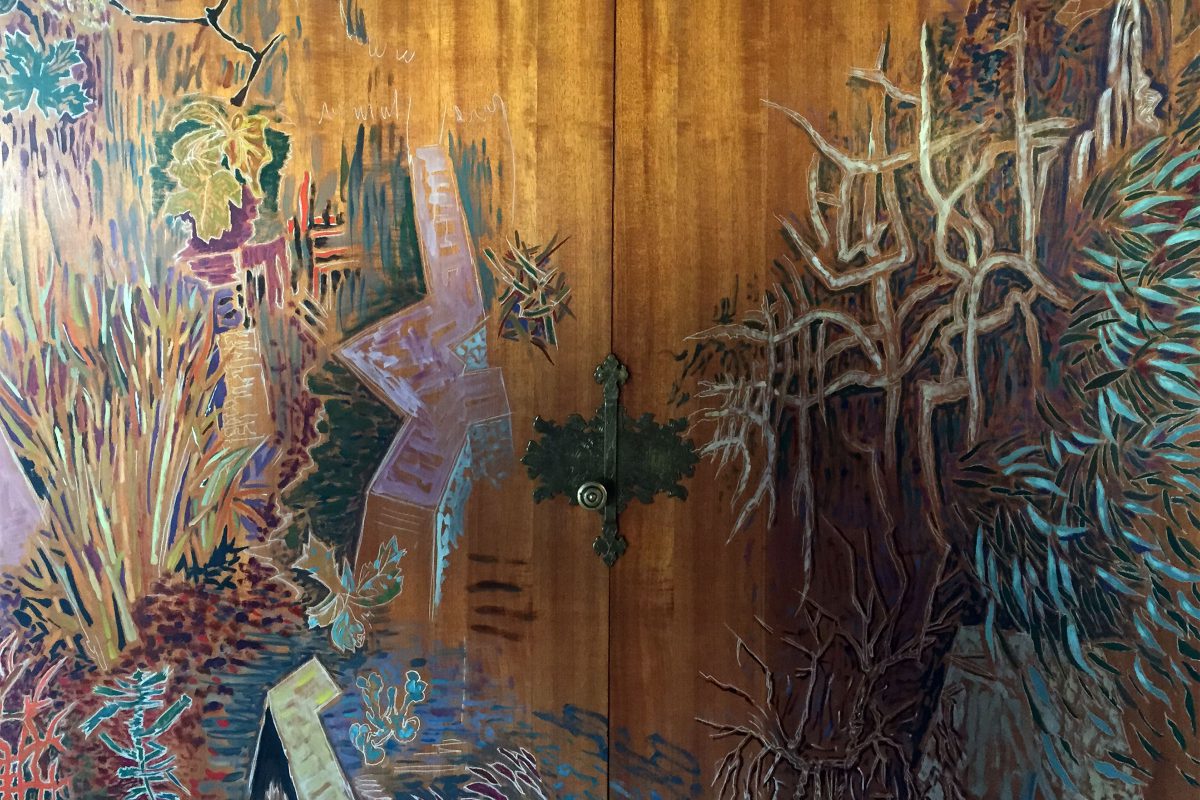
The manuscript collection
The manuscript collection mainly includes the correspondence between the Katakouzenoi and their famous friends. These manuscripts illustrate the social and artistic life of Hellas in a unique way and provide rare information.
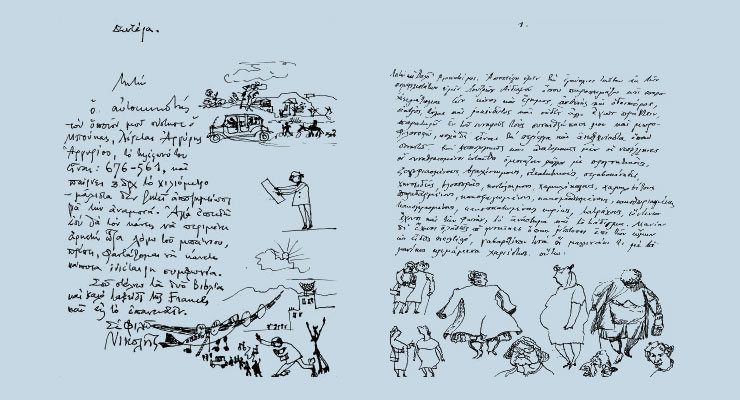
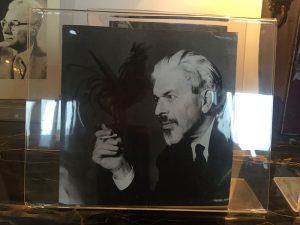
The photographic collection
The photographic collection is an ideal supplement to the manuscripts. It comprises approximately 2,000 photographs and 100 slides that provide information about life in Hellas from the 1930s to the 1970s by documenting dramatic changes and places that do not exist any more. A rare series of photographic portraits of Leto by Nelly, one of the first important women photographers worldwide, is an interesting group. Many more shots depict famous guests of the house and friends of the Katakouzenoi, moments of joy and mourning, important events that no longer take place.
The books
More than 10,000 volumes are scattered all over the house. They cover an interesting range of subjects, from literature to history, from art and archaeology to medicine in English, French, German and Greek. Many of them are first or limited editions, signed and dedicated by their authors to the Katakouzenoi. A rich collection of books on medicine, and particularly psychiatry and psychoanalysis, brought together over 60 years by Professor Katakouzenos, is of great value. Another rarity is the complete series of the art review Verve, published by the couple close friend Teriade and featuring M.Chagall illustrations of the Bible.
“Houses appeal partly to the emotions, and this -their power for museum purposes- deserves to be strengthened by developing atmosphere. One of the commonest remarks of visitors in any well-appointed house is that they enjoy being there because the place is like a home and not like an institution. Whatever meaning this may have for other museums is beside the point; the implication for historic house museum is plain. Historic houses must be made to live again.” (Coleman 1933: 35)
The Katakouzenos house is one of these landmarks, a place of memory full of meaning and charm, a lived place open to contemplation and calling for thoughtfulness. Modern metropolises do not only need brand new cathedrals of culture and power; they also need small chapels of inspiration and intimacy, where the past can be relived and the future anticipated.
texts by Sophia Peloponnissiou-Vassilacou

